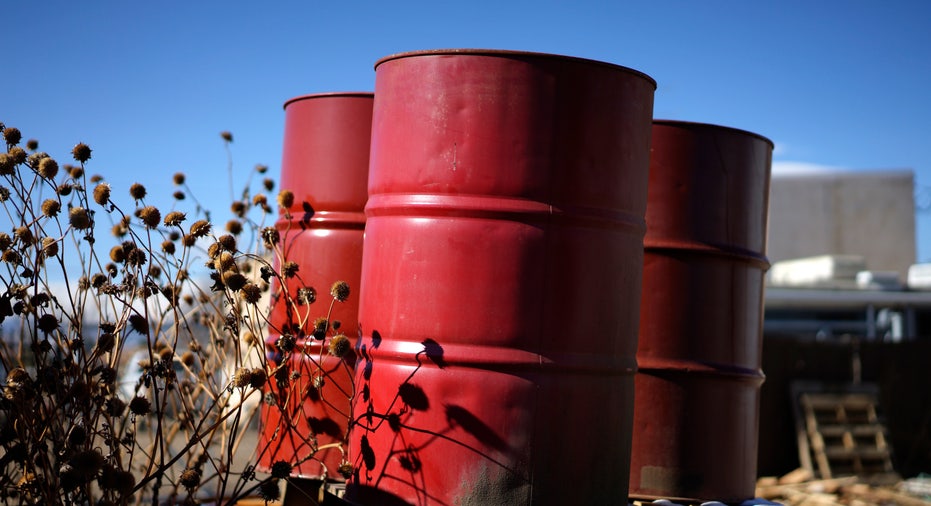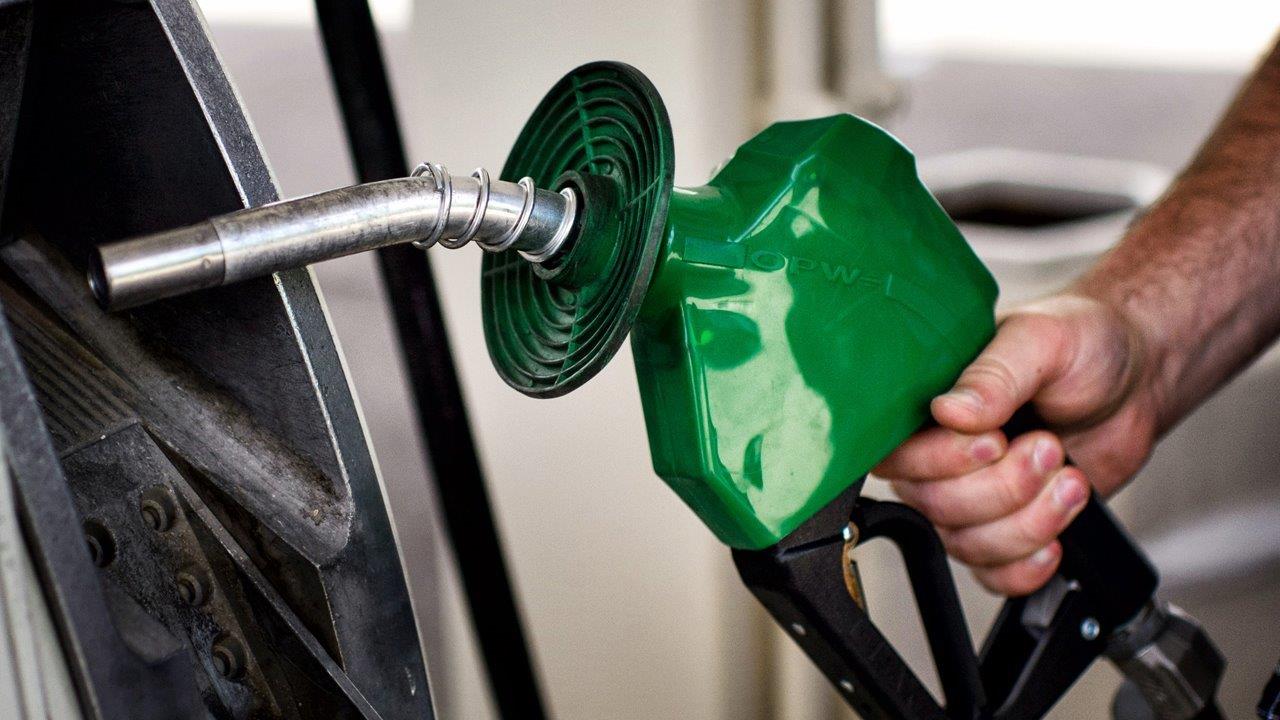Will Summer Driving Cut Into Oil Glut?

The cheapest Memorial Day gas prices in 11 years are expected to kick off a busy summer driving season. In turn, consumer demand for gasoline is expected to take a sizeable bite out of an oil glut that has held global crude prices at multi-year lows.
Despite a spring increase, gas prices are poised to resume their downward trek. The national average reached a new high for 2016 of $2.29, according to AAA. That’s a 16-cent jump over the last month. Still, AAA has pegged Memorial Day’s gas prices at $2.26 a gallon, the lowest Memorial Day gas prices since 2005 and 45 cents cheaper than a year ago. Consumers have already saved $18 billion on gas this year, and more savings are on the way. Once spring refinery maintenance is completed, production will pick up and prices will subsequently fall.
With drivers taking advantage of cheap gas, crude stockpiles may find some relief this summer.
“The price of oil is going to be dictated by three things: supply, demand and inventory balance. We’ve begun to see supply roll over, and demand has stayed consistent, so the last piece of the puzzle is to burn off those inventories,” said Libby Toudouze, a partner and portfolio manager at Cushing Asset Management. “The quickest way to burn off those inventories is a strong or solid driving season.”
Analysts see persistently low gas prices sparking an increase in the number of travelers this year. A recent AAA survey found that 55% of Americans are more inclined to take a road trip in 2016. AAA also estimated that 34 million people will hit the road for Memorial Day, a 2.1% increase versus 2015.
Beyond cheap prices, improved employment numbers and changing consumer trends are driving gasoline use. Car buyers are jumping into larger vehicles like pickup trucks, SUVs and crossovers, while sales of compact sedans and other fuel-sipping cars are struggling.
The U.S. Energy Information Administration is forecasting a record amount of gasoline consumption this year, citing 2.3% growth in highway travel. Americans are projected to use 1.7% more gasoline compared to 2015. At 9.3 million barrels per day, gasoline demand in 2016 would match the all-time high set in 2007.
“We’re seeing people willing to go out and drive more,” Toudouze said. “We should be set up for a very good driving season. That is the third piece we need to have confidence that the bottom for crude is in.”
Cushing Asset Management anticipates that U.S. oil futures will trade in a range of $45 to $65 a barrel in the second half of 2016. By the end of the summer, the market should be well down a path of shrinking oil inventories, assuming there are no major disruptions to refinery output.
In the week ending May 20, domestic crude inventories contracted by 4.23 million barrels, a far bigger drop than the 2.5 million barrels that economists expected in a Wall Street Journal survey.
West Texas Intermediate crude climbed 1.7% to $49.42 a barrel following the EIA’s weekly inventory report. Oil has recovered ground this spring. At the start of March, oil was trading near $34 a barrel.
A sustained drawdown in oil inventories would drive up oil prices, and gas could follow suit. At the same time, U.S. producers—many of whom have shut down wells during crude’s slump—can quickly ramp up production to capitalize on oil gains. So, oil is unlikely to skyrocket back to over $70 a barrel, Toudouze explained.
In the short term, summer road-trippers can expect to see gas prices trend downward. Refineries perform maintenance in the spring to switch over to summer-blend gasoline by a June 1 deadline. The shutdown tends to push gas prices higher. Since a February low, the national average has increased more than 60 cents. GasBuddy believes prices will peak in the $2.30s in the next few weeks, and then gas will spend most of the summer in the low-$2 range.




















